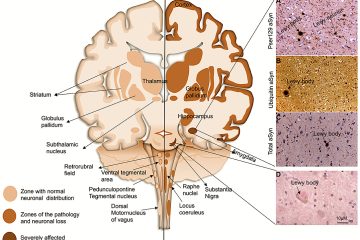Insights into Kneecap Injuries and Their Treatment

The Importance of the Kneecap
The kneecap, or patella, is a vital component of the human knee joint, acting as a protective shield for the knee and enhancing the leverage of muscles that straighten the leg. Given its position and function, injuries to the kneecap can significantly impact mobility and daily activities.
Current Trends in Kneecap Injuries
Recent statistics indicate a rise in sports-related kneecap injuries among both amateur and professional athletes. According to a 2023 report from the British Journal of Sports Medicine, cases of patellar fractures and dislocations have seen an alarming increase during the summer sports season, particularly in sports like football and basketball. Factors contributing to this trend include heightened participation in sports and inadequate training regimes.
Common Types of Kneecap Injuries
The most prevalent knee injuries involving the patella include:
- Patellar Dislocation: Occurs when the kneecap slips out of its normal position, often due to high-impact activities.
- Fractures: Result from falls or direct blows, leading to severe pain and swelling.
- Patellar Tendonitis: A common overuse injury, particularly in athletes, causing pain around the knee joint.
Treatment and Recovery Options
Treatment for kneecap injuries varies depending on the severity and type of injury.
1. **Rest and Ice:** Immediate treatment often involves resting the knee and applying ice to reduce swelling.
2. **Physiotherapy:** Rehabilitation exercises can improve strength and flexibility, aiding in recovery.
3. **Surgical Intervention:** In severe cases, particularly for fractures or persistent dislocations, surgical options may be required to realign and stabilise the kneecap.
Experts advise that patients should consult with a healthcare provider to determine the best course of treatment tailored to their specific injury.
The Road Ahead
As awareness around knee injuries grows, preventive measures such as proper training techniques and the use of protective gear are being emphasised. Given the evolution of sports medicine, improved treatment protocols are expected to reduce recovery times and enhance outcomes for those dealing with kneecap injuries. Moving forward, athletes and active individuals are encouraged to pay attention to their physical condition to preemptively address potential knee issues, ultimately leading to safer engagement in sports.








